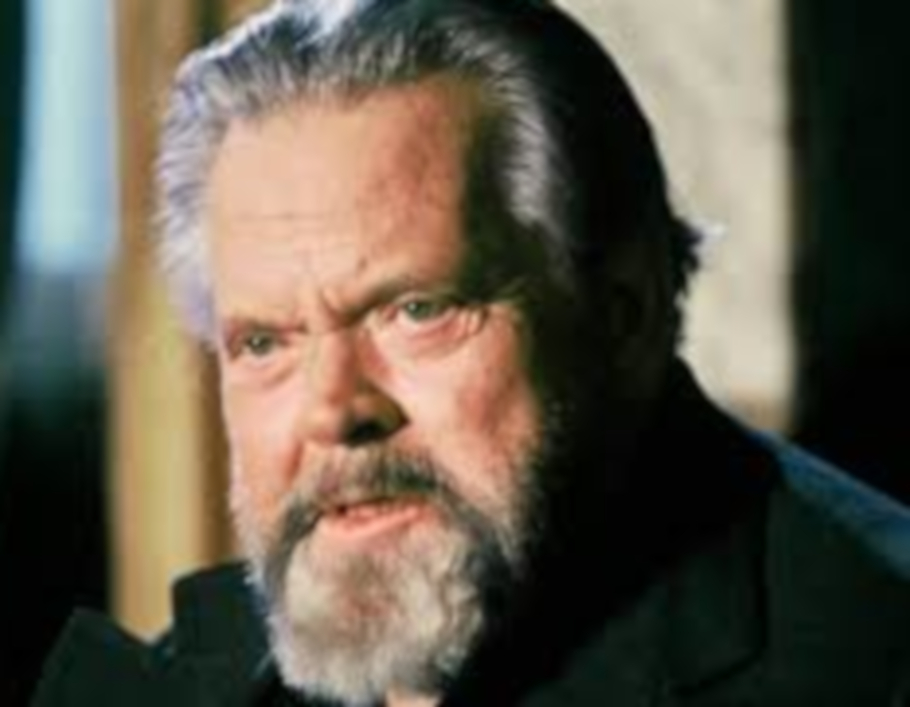UNITED STATES—I did an astonishing amount of scanning and reading that morning in Atwater Village going through that Orson box. There Orson’s screenplays from the last decade of his life had been carefully guarded by a woman who had a typing service when the Selectric was king.
If “The Big Brass Ring” was arch and the adjective brilliant attached to it, “The Cradle Will Rock,” was full of youth, the theater and vignettes of the Depression, “The Dreamers” was physically imposing, perhaps 200 pages, or it seemed that way. Liz, the woman who ran the typing service said this screenplay was Orson’s favorite–it ran through nine drafts. He had brooded over this brooding and poetic labor that fuses two tales by Isak Dineson, the Danish Baroness and former coffee-plantation owner of “Out of Africa,” who embraced English in jeweled prose.
It is about an opera singer, to be played by Welles’ companion and collaborator, Oja Kodar. The singer who loses her voice after an opera house fire. The theme is of people who endure the worst, and yet go on after the opera fire, the train wreck. It is the one Orson cared about the most, and it displays his sensibilities as poet, noirist and provocateur against a Gothic backdrop. There are images that come alive on the page: a peasant woman in a red scarf, he spine curved into a question mark, trudging across a snowy field. Unforgettable.
“I was marinated in poetry from a very young age” wrote Orson. That statement came from what Liz considered a real prize among her box of Orson papers. It was an autobiographical sketch that Orson wrote for the issue of Paris Vogue he edited, part of the tradition for celebrity editors of the Chrismas issue. The pages recounting the Ritz hotel, a gypsy childhood, and his mother’s death had handwritten corrections. Liz pointed out:
“From draft to draft you can see how he embellished details.” To me they were minor changes and the storyteller always had a right to improve reality.
After this mammoth session of devouring unproduced screenplays, we chatted. Who would play Welles now in the parts he wrote for himself?
“Raul Julia looked just like him,” she said. “Tim Robbins would be very good.”
Raul Julia was dead, of course. Tim Robbins ended up playing young Orson in “The Cradle Will Rock,” a film which he directed. It was certainly up his alley, dealing as it did with zest for theater, politics and a disdain for government censorship.
The documentary maker George Hickenlooper made a “The Big Brass Ring” (1999) loosely based on the Welles screenplay. In a teaser, he made a couple years earlier Malcolm McDowell played the Welles’ character, Kim Mennaker, the former Roosevelt aide the Mephistofelian shadow over the presidential hopeful Blake Pellarin. By the time of the actual movie, the scene changed to the Mississippi River and Hickenlooper’s native Missouri, any traces of the Wellesian persona are absent from the British actor Nigel Hawthorne.
Orson has had, in death, the great, good luck of seeing project after project realized, but they lack his eye. But faux Orson is better than no Orson; it atones for that uneasy decade of his life when the dream of seeing a new Welles picture languished, an unrealized dream that hangs over a generation of filmmakers.
I was impressed and a bit sad the morning after poring over all the scripts and papers. I told a friend, “There’s something depressing about unproduced screenplays.” My friend retorted, “It is often the case and the public should be grateful.”
Graydon Miller, the Wizard of Fiction, is the author of the thriller “Hostages of Veracruz,” https://amzn.to/2J5zth5






